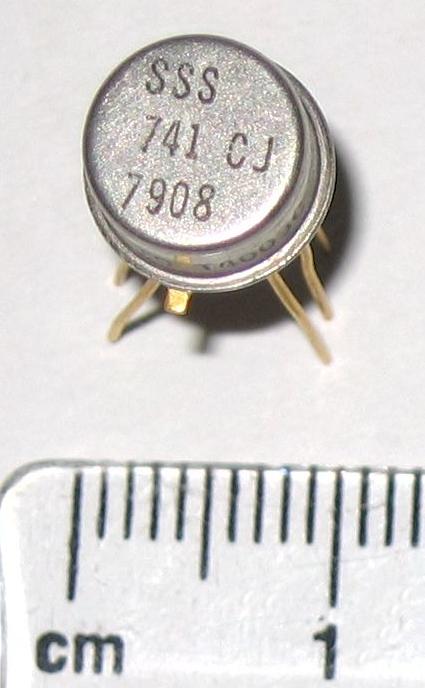I think it's a good idea, but I just totally like my tube amps... For the masses, yes. But for us oddballs, gimme my old grungies. I'm not really wanting to sound like a Mesa, a Twin Reverb, or a Marshall half-stack, or a 5E3, or any of the other modls in every modeling amp... I don't know who made that profiling amp (Kempler?) but it didn't quite capture the magic of my Concert. It's all very good up to a certain point, but when you want to deviate from the popular, you can't get what you want from modeling. The lther thing is, who gets to decide which particular amp specimens of each model are "best? I still say the ones that players enioy and that make them play insteadnof twiddlingknobs or buttons are still best!
Now, as a profitable business venture, I think it's quite feasible if done right. It's just not for me, and probabaly for most of you all here. We build and hack and tramsform because we DON'T want to sound exactly like everyone else! It' why I like using scavenged parts to build "clones" of amps. Guaranteed individuality.
Justin
Now, as a profitable business venture, I think it's quite feasible if done right. It's just not for me, and probabaly for most of you all here. We build and hack and tramsform because we DON'T want to sound exactly like everyone else! It' why I like using scavenged parts to build "clones" of amps. Guaranteed individuality.
Justin



Comment